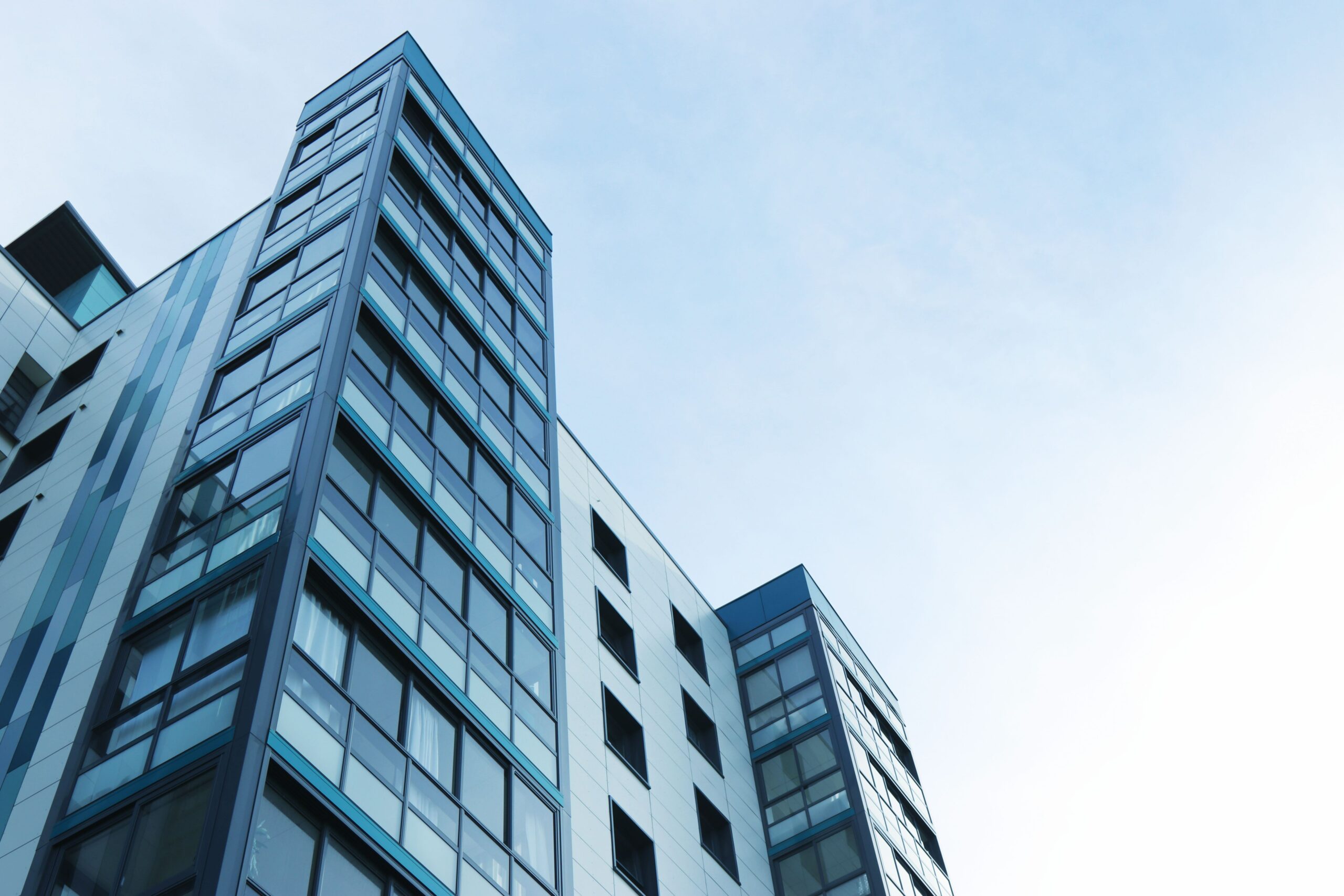Commercial insurance is getting more and more expensive – but not having it could mean the end of your business.
Few business owners will dispute the necessity of commercial insurance – but in South Africa (and the world at large) it comes at an increasing price. What can business owners do to combat this?
Some of the factors driving the increased cost of commercial insurance are global:
- worldwide inflation
- an increase in extreme weather conditions as a result of climate change
- higher frequency and severity of claims
- the increasing repair and replacement cost of technical equipment/vehicles
- the war in the Ukraine, and the consequent disruption in global supply chains
- the enormous increase in cybercrime
- the fallout from the worldwide pandemic
Other factors are more specific to South Africa are the devaluation of the rand, energy disruptions, increasing crime rates, the lowering of the investment status of South Africa, unrest and political instability, and the sharp rise in the underwriting costs for SA commercial insurers by foreign countries.
South Africa also seems to be a favourite target of cybercriminals – Interpol’s African Cyberthreat Assessment Report released in October of 2021, reported that 32% of South African companies, both big and small, have been affected by cybercrime – and the numbers are rising.
During the pandemic in 2020, and the unrest in Gauteng and KwaZulu-Natal in 2021 in which more than 200 shopping centres were targeted, and over 40 000 businesses affected, many business owners realised just how costly shortcuts in insurance cover could be in the long run.
SASRIA, the state-special risk insurer received upward of R32 billion in claims after the unrest mentioned above, mainly for damage to buildings and stock losses. This forced the South African government to inject R22 billion into the fund – money ultimately funded by the taxpayer. The insurer warned at the time that it would quite simply not be able to afford a repeat of the events of July 2021. Until recently SASRIA cover was sold as an add-on to existing commercial policies, and was relatively cheap.
The pandemic also highlighted the need for greater clarity in the industry in relation to cover for business interruption: is it meant purely for short business interruptions, such as in the case of building damage, or is it meant for prolonged business interruptions, as in the case of restaurants that had to close down for months during the lockdown?
There was an increase of 103% in the average cost per claim to commercial insurers between 2019 and 2020, according to the Santam Insurance Barometer 2020/2021 released last year. Much of this was pandemic-related.
While insurance companies provide protection against unforeseen events, large-scale disasters, such as wars, widespread floods or other natural disasters are seldom covered, as very few insurance companies would survive thousands of large claims arising from one event.
So how have the rates for commercial insurance increased?
Costs of commercial insurance policies vary greatly, not just between the different insurance companies, but also between various options from the same insurer. It is difficult to determine exact percentages in the costs of premiums, but there is little doubt that they are on the rise.
Following the unrest in July 2021 in South Africa, Lloyd’s, SASRIA’s underwriter, increased its reinsurance premium more than ten-fold, and it stated that the high levels of poverty and unemployment in the country made further rioting and looting in the future likely. Also, it now restricts clients, even major retailers, to a maximum of R500 million in cover, which is inadequate for large businesses with multiple premises countrywide.
When an underwriter dramatically increases its underwriting costs, local insurers have little choice but to pass that cost onto their clients.
While increases in the cost of premiums for personal insurance have been moderate, the increases in some categories of commercial insurance have been truly dramatic, such as in the case of SASRIA’s heavy vehicle insurance premiums, which have increased over ten-fold at the start of 2022.
Many commercial insurers are aware of their clients’ limited capacity to absorb increased premiums, and in some cases have reduced their cover, or increased their regulations, as in the case of fire damage.
The insurance companies, however, face the risk of becoming obsolete if they merely continue to add exclusions or restrictions to their policies, rather than helping customers to mitigate new or existing risks.
What can business owners do to lower their insurance costs?
- Get a good broker, who understands your particular business, who can make sure you have sufficient cover, and check that you are not paying for cover that might be unnecessary.
- Stick to the rules and regulations of the insurer stipulated in the policy.
- Make sure that your equipment is regularly serviced.
- Get good protection against both cyberattacks and break-ins.
- Update your policy regularly, especially if some aspects of your business changes.
- Make sure that all staff are trained in up-to-date security measures.
RBS has the experience and expertise to help you review your risk profile and advise you on the best solution for your needs whilst ensuring you achieve a saving.
Contact us and we can provide you with a risk free comparison.

